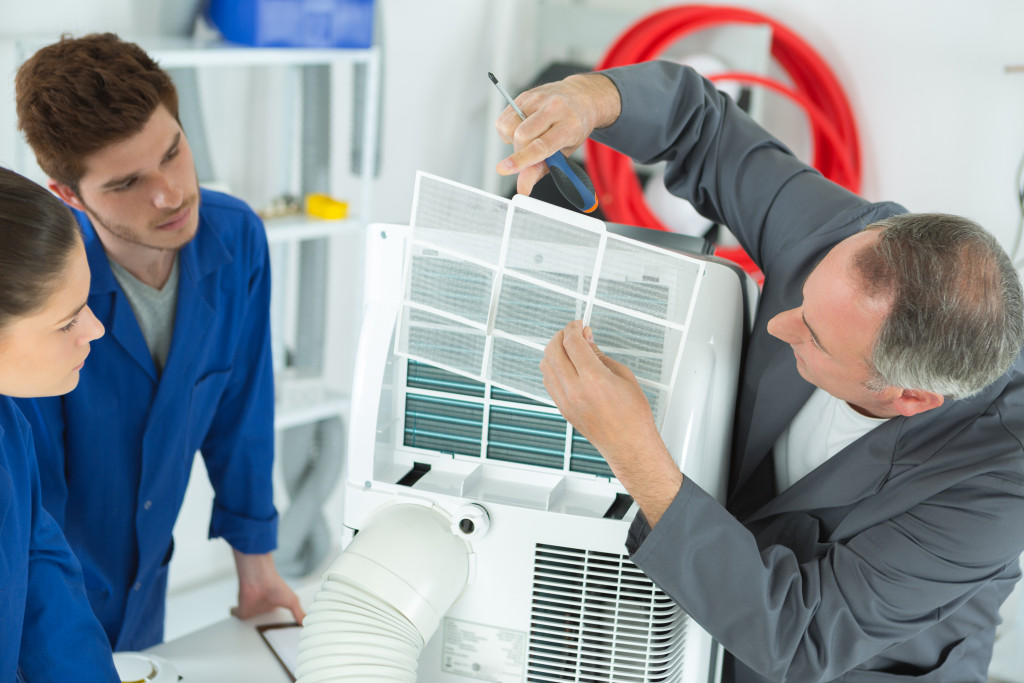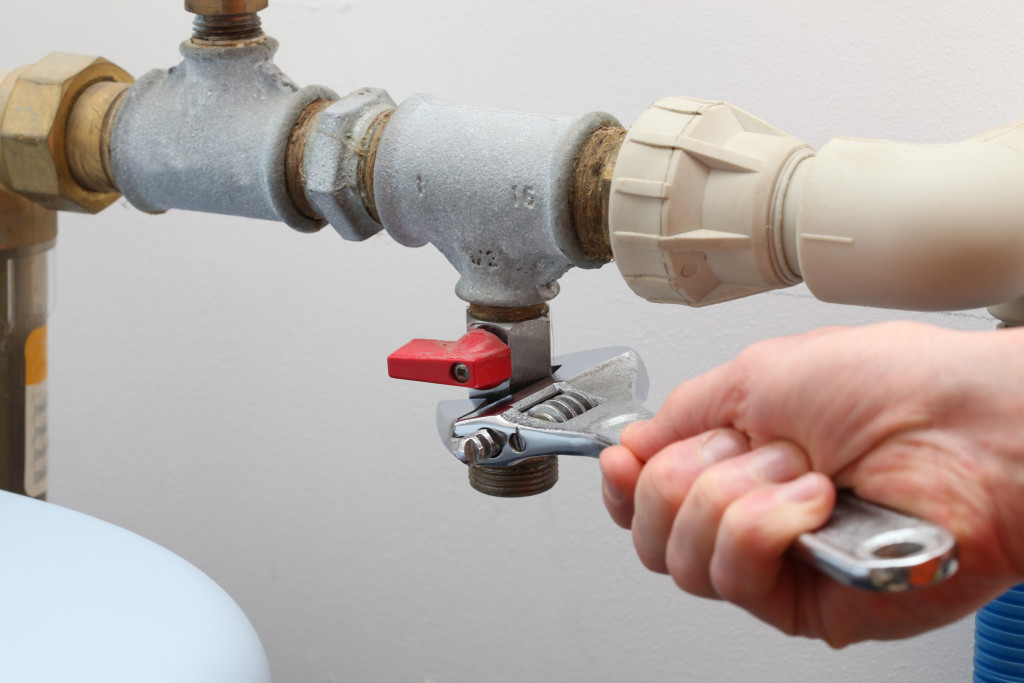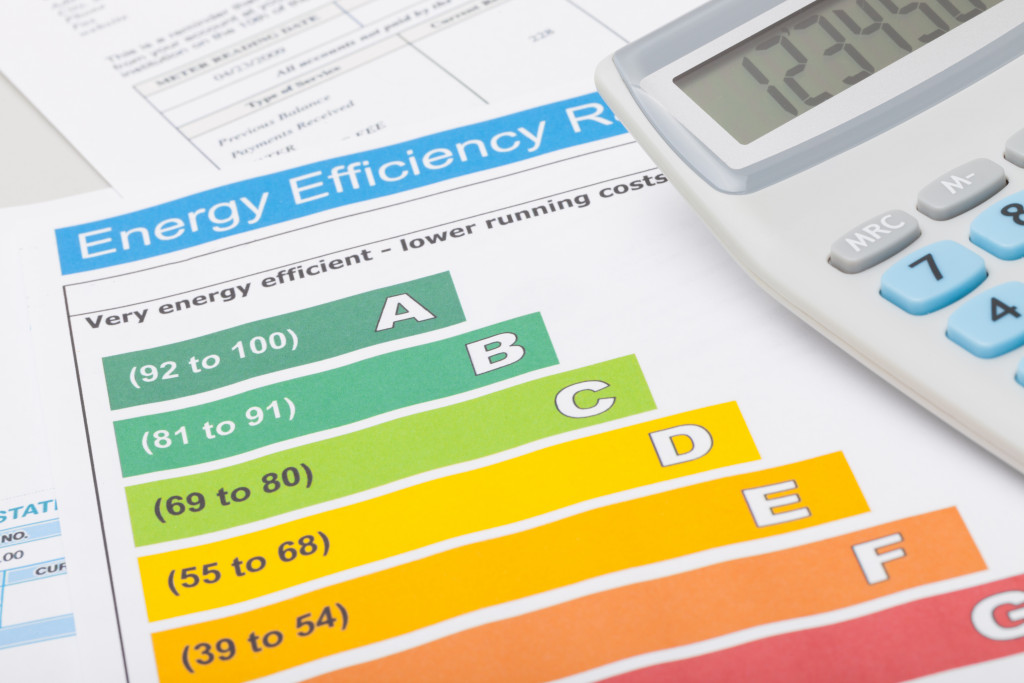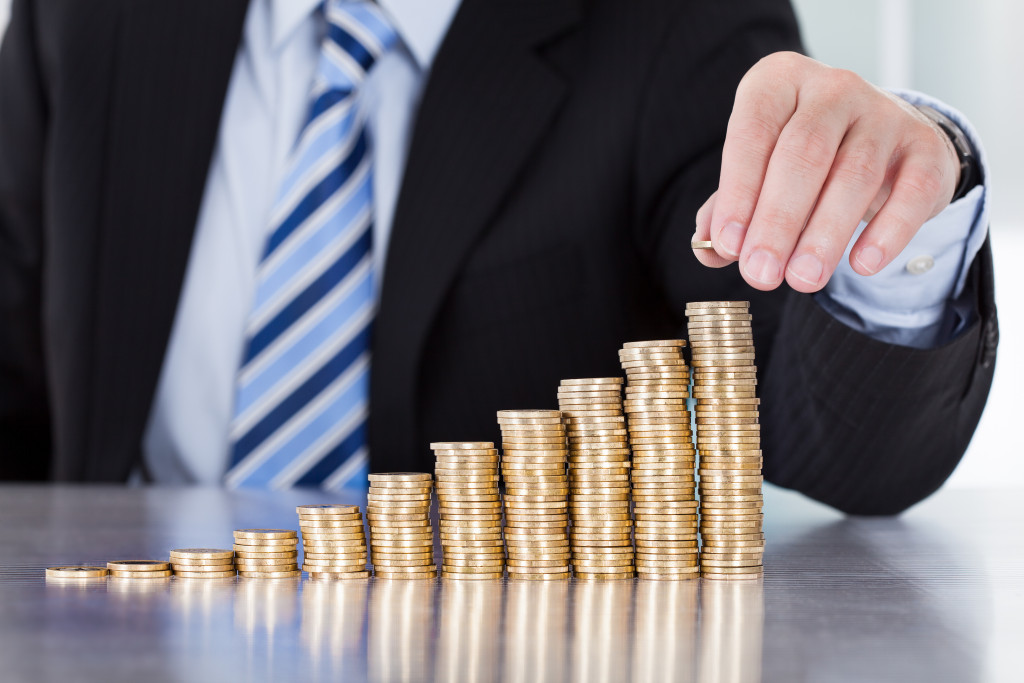- Energy-efficient appliances like refrigerators, washing machines, LED lighting, and smart thermostats can reduce utility costs.
- Regular maintenance and timely repairs, especially of HVAC systems, minimize expenses and prevent costly repairs.
- Proper home insulation can significantly reduce energy needs, saving substantial utility bills.
- Water conservation techniques such as low-flow fixtures, rainwater harvesting, and cold-water washes can considerably lower usage and costs.
Owning a home, often considered a symbol of financial stability and success, is one of the most significant expenses a person can incur. Beyond the initial purchase price, which according to Zillow’s report, stands at an average of $226,800 in the United States, there are ongoing costs to consider. A homeowner needs to account for taxes, insurance, and regular maintenance, which according to a report by HomeAdvisor, can average around $3,192 annually. Moreover, unexpected repairs such as a leaking roof or faulty heating system can increase expenses. Therefore, the financial commitment involved in home ownership is substantial, demanding careful planning and budgeting.
However, you can never escape the costs associated with owning a home, but there are ways to minimize them. Here are a few tips to help ensure you keep your expenses to a minimum:
Choose Energy Efficient Appliances
Energy efficiency should be a prime consideration for homeowners trying to reduce costs. Efficient appliances consume less energy, resulting in lower utility bills. Moreover, they are often better for the environment, reducing your carbon footprint.
Upgrade Your Refrigerator
Older refrigerators can consume a lot of energy. Upgrading to a modern, energy-efficient model can significantly reduce your electricity bill. Look for refrigerators with an Energy Star rating, which signifies that they meet or exceed the energy efficiency standards the Environmental Protection Agency set.
Consider Energy-Efficient Washing Machines
Like refrigerators, washing machines have seen considerable improvements in efficiency in recent years. Modern washing machines use less water and electricity than older models, helping reduce utility bills. Again, look for appliances with an Energy Star rating.
Switch to LED Lighting
One of the easiest and most cost-effective changes you can make is to replace your existing light bulbs with LED bulbs. They use up to less energy than traditional incandescent bulbs. Moreover, LED lighting can last up to 25 times longer, reducing the need for frequent replacements.
Install a Smart Thermostat
Smart thermostats allow you to control your heating and cooling system remotely and learn your preferences over time, automatically adjusting the temperature for peak efficiency. This can result in significant savings on your heating and cooling bills.
Maintenance and Repairs

Regular maintenance and timely repairs are crucial for homes looking to minimize expenses and extend the lifespan of their assets. Well-maintained equipment operates more efficiently, reducing energy usage and utility bills. Moreover, regular maintenance can help identify potential issues early on, preventing minor problems from escalating into costly repairs or replacements.
Insulation is a crucial area to prioritize for cost savings. Proper insulation services can drastically reduce the energy required to heat or cool a home, resulting in substantial savings on utility bills. Insulation in walls, roofs, and floors can prevent heat loss in winter and keep the building cool in summer. Additionally, insulation around pipes and boilers can reduce heat loss from hot water and steam, enhancing energy efficiency.
The heating, ventilation, and air conditioning (HVAC) system is another crucial area for maintenance. Regular cleaning and servicing can ensure the system operates at peak efficiency, reducing energy consumption. Moreover, well-maintained HVAC systems are less likely to break down, preventing expensive repairs or replacements.
Water Conservation Strategies

Water conservation is a critical way to reduce expenses and preserve resources. Homes with well-maintained plumbing fixtures like showerheads, toilets, faucets, and pipes are less likely to suffer from leakages or other plumbing issues. Additionally, installing low-flow fixtures can help reduce water consumption significantly. Low-flow showerheads have been shown to save up to 20 gallons of water per shower.
Another strategy to save on water costs is to install rainwater harvesting systems, which capture rainwater for reuse. These systems can be used for gardening, washing cars and laundry, and flushing toilets.
Finally, homeowners should reduce their warm water usage by utilizing cold-water washes whenever possible. This can significantly lower energy bills since heated water takes a lot of energy.
Final Thoughts
Considering the considerable expense of home ownership, it is essential to keep costs down. Homeowners can save substantial amounts of money by making energy-efficient upgrades and maintaining all assets regularly. Additionally, transitioning to more sustainable practices, such as water conservation, can significantly impact your budget and the environment. With careful planning and thoughtful approaches, you can ensure that owning a home remains a financial blessing.



